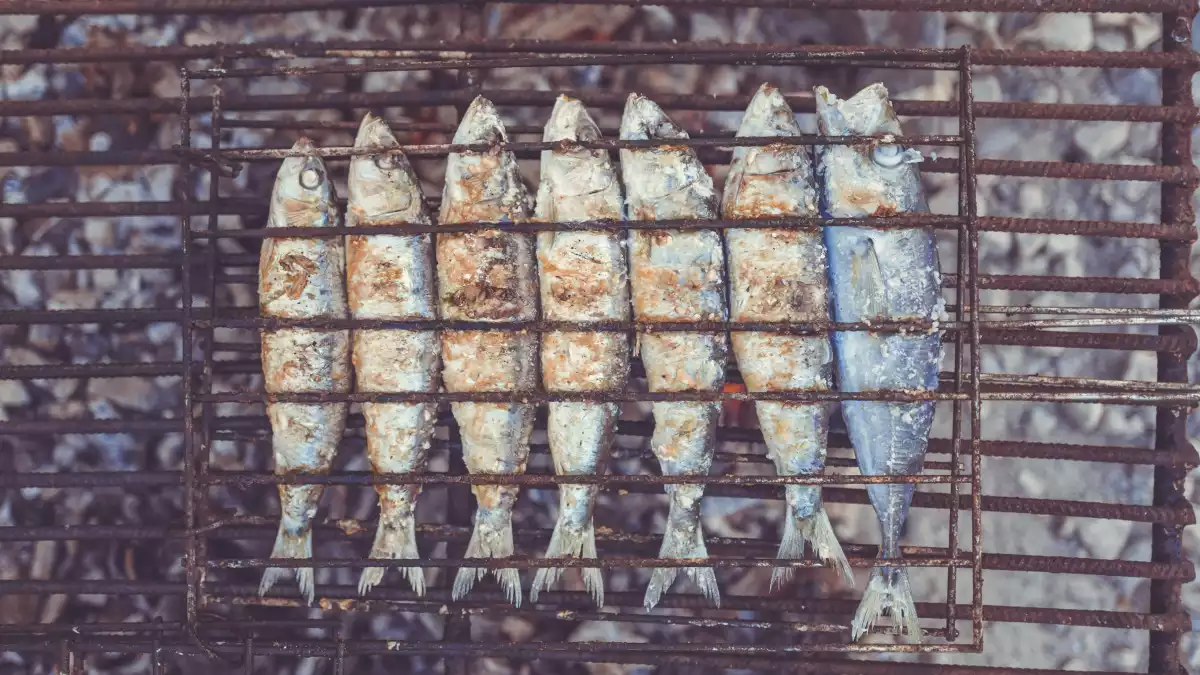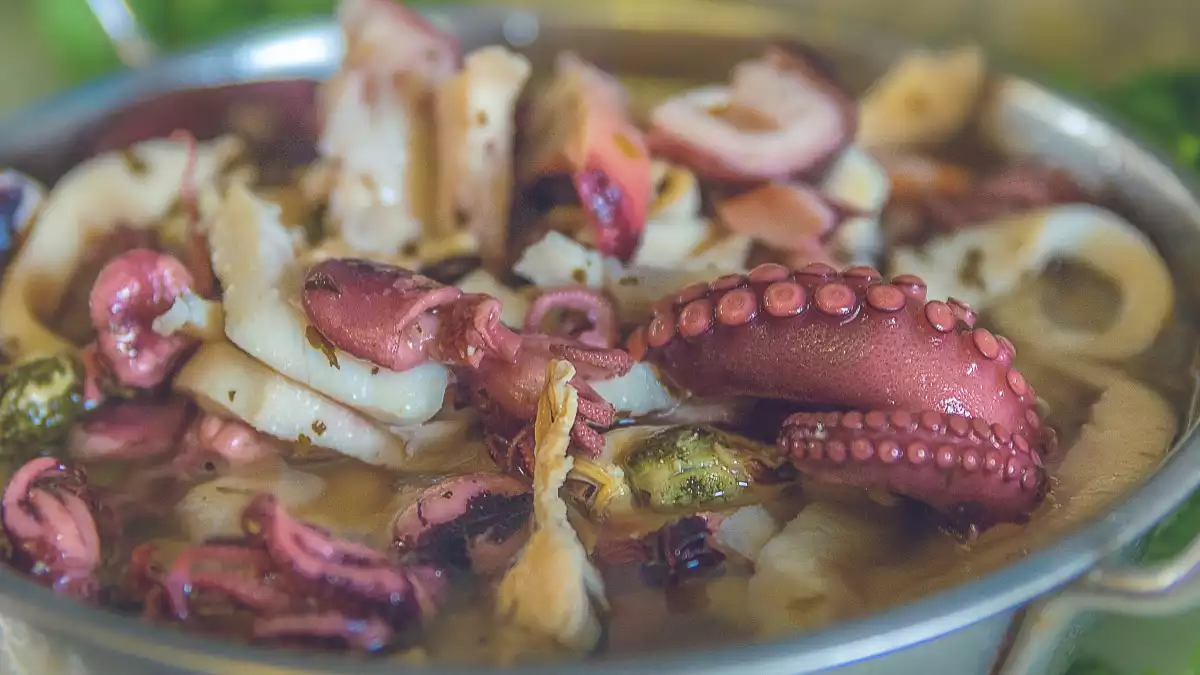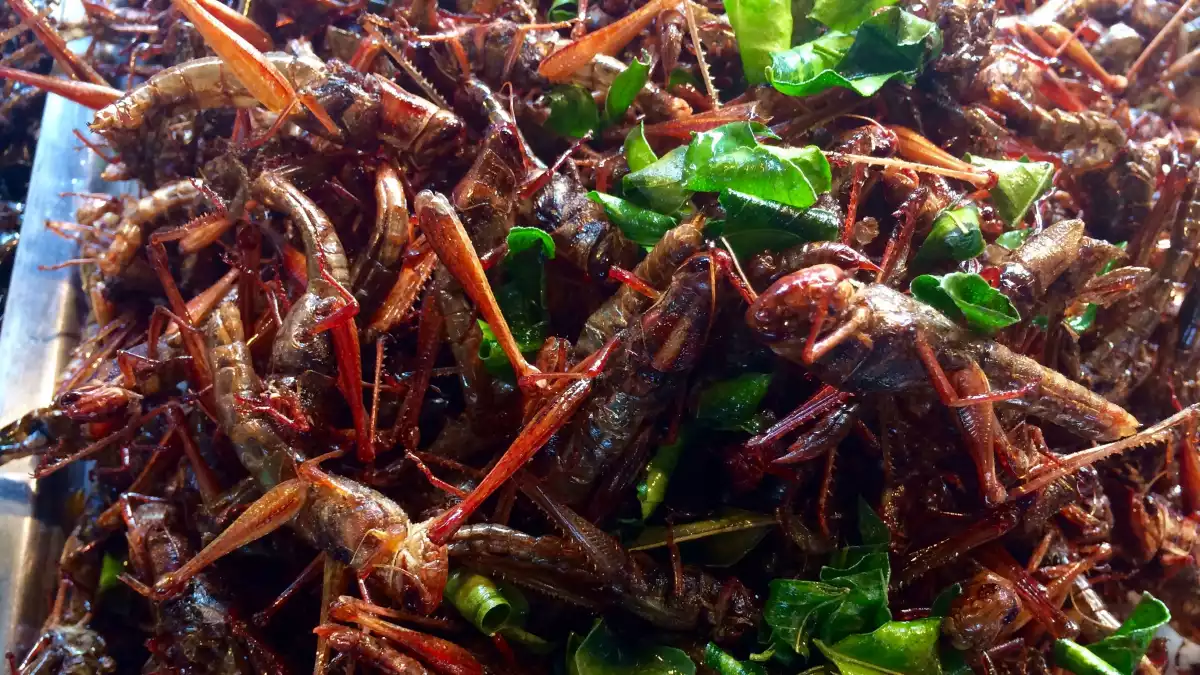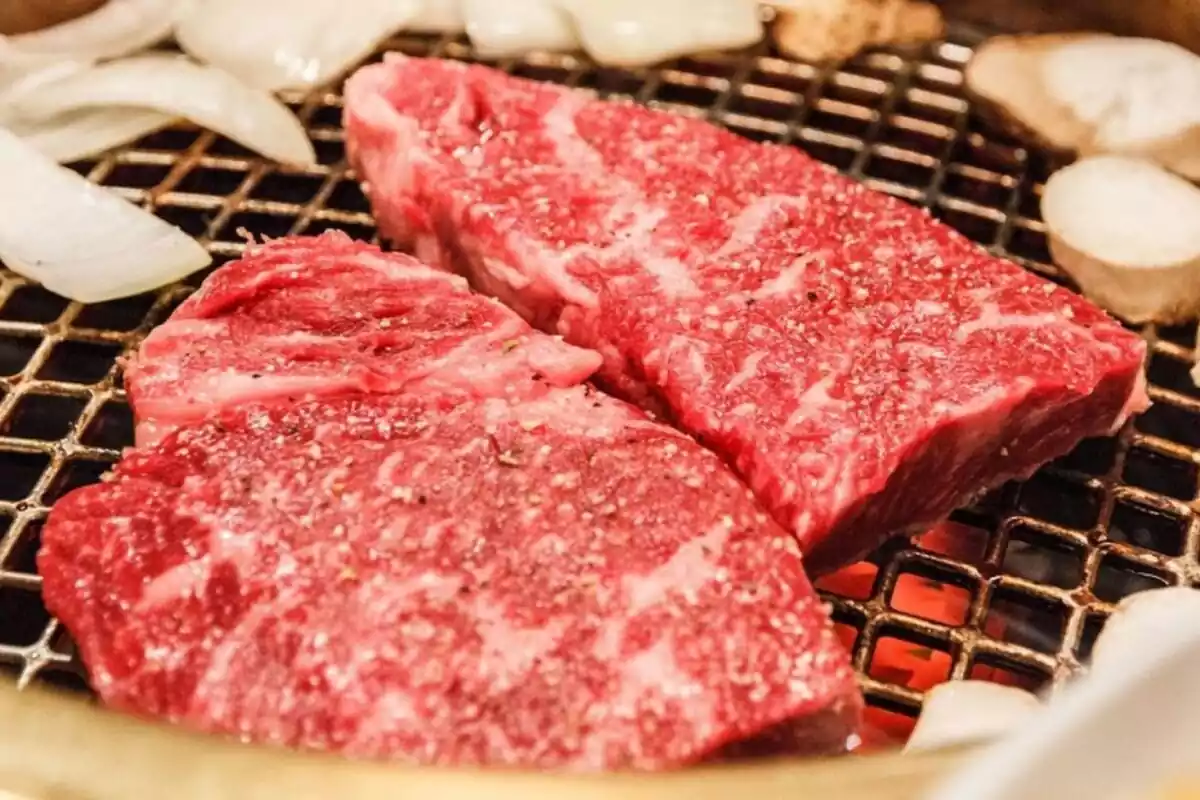Protein is an essential element in our bodies, and among its primary functions, it promotes muscle mass growth and protects the organism. Fighting the good battle are animal products which provide a rich source of protein in all their shapes and forms. The animal product list varies depending on the type of meat and which animal it comes from. We will examine the definition of animal products, look at the main types, and explore the advantages and drawbacks of eating such food.
What are animal products?
Animal products are any food that is derived from the body of an animal, not limited to their meat as we will discover further in the article. Typically, food labeling indicates "products of animal origin" which can include honey and blood. There are, however, many animals which can be used as food sources and they are generally classified according to which animal they come from.
Aside from the actual meat, animals offer another category of commodity which has many cosmetic and culinary uses: animal by products. These products may go through a process known as "rendering" to be made into human and non-human food items, fats, and other material that can be sold to produce commercial products such as cosmetics, paint, cleaners, polishes, glue, soap and ink.
7 sources of animal protein
Humans consume many varieties of meat and experience even more cultural differences when it comes to how it's prepared and which animal it comes from. Nevertheless, there are many common animal products that are enjoyed around the world like chicken, fish, or beef. We have listed seven of the most popular animal products in Western cuisine as well as some notable examples from other continents.
1. Red meat
In nutrition, the term "red meat" encompasses all meat that comes from mammals, specifically:
Horse
Beef
Wild game
Pork
Red meat is one of the richest sources of iron and protein, creatin, and minerals such as zinc and phosphorus. Nevertheless, specialists recommend moderate consumption of red meats as they contain a high amount of saturated fat, which is difficult to digest and raises the level of cholesterol in the blood.

2. White meat
Nutritionally speaking, white meat contains vitamins and minerals such as niacin, vitamins B6 and B12, iron, selenium, and zinc. White meat, as the name suggests, has a lighter color and smoother texture and it's usually fowl meat. The most common ones tend to be the following:

There is some controversy when it comes to rabbit meat but according to Monica Reinagel, licensed nutritionist, "virtually all dietary studies categorize poultry and fish as "white meat" and four-legged land animals such as beef, pork, and lamb as "red meat." Yet in culinary or cultural contexts, veal and rabbit are often considered white meat and duck or goose may be classified as red.
Food scientists point to higher concentration of myoglobin and slow-twitch muscle fibers as the primary determinant of red meat; however, the dark meat of chicken or turkey usually has more myoglobin than veal or pork."
White meat has a lower fat percentage, and it's high in protein, which makes it ideal in weight loss diets, and unlike red meat, it can be safely consumed 3 to 4 times a week.
3. Fish
Among the best-tasting fish, we can name two categories: white and blue fish. The white kind has less fat, such as the hake and the sole. On the other hand, blue fish, such as salmon and sardines, has more fat and more omega-3 amino acids.

4. Seafood
The term "seafood" generally refers to all marine invertebrates, crustaceans, and mollusks. Because seafood is an animal product, it is rich in protein as well as minerals and essential vitamins. They have a low-calorie intake and a high level of polyunsaturated fatty acids.

5. Insects
Despite being a staple food in certain parts of Asia and Latin America, in European countries, it is less common to find the creepy crawlies on restaurant menus. Among the most popular insects, we can name crickets, ants, wasps, worms, dragonflies, termites, caterpillars, and beetles. They are extremely rich in protein and calcium, as well as iron, zinc, polyunsaturated fats, and B complex vitamins.

6. Reptiles
In some areas of Latin America, Asia, and Australia, reptiles are a typical dish - their white meat is protein-rich as well as containing other nutrients. The most eaten species of reptiles are iguanas, tuatara, snakes, turtles, tortoises, and crocodiles. Reptile meat is an animal product that requires a lot of care in terms of sanitary standards. To avoid parasites, bacteria, and viruses, the meat must be first cured and frozen.

7. Animal by products
Animal by-products are all the materials derived from the body of an animal, the most common ones being eggs and dairy. If we look at the latter category, the most common milk is that of the cow, and the best-selling dairy products are cheese, yogurt, and sour cream. Eggs, on the other hand, are an animal by-product from birds and they represent a vital source of protein which is why doctors recommend that we include them in our diets.
Many studies have shown that eggs have a significant impact on our health, not only due to their high levels of protein but also because of the number of vitamins, minerals, and good fat that it provides. A word of caution for vegans and vegetarians, make sure to check product labels thoroughly as many "food products and cosmetics sneak in animal fat, glands, scales, or milk without making those ingredients clear to customers."
How much protein in an egg?
Many have wondered how much protein one egg has and the answer is quite astounding:
- Small egg (38 grams): 4.9 grams of protein
- Medium egg (44 grams): 5.7 grams of protein
- Large egg (50 grams): 6.5 grams of protein
- Extra-large egg (56 grams): 7.3 grams of protein
- Jumbo egg (63 grams): 8.2 grams of protein
There are many ways to cook and eat this versatile animal by-product and if you are trying to cut back on calories, choose poached or boiled eggs. For the bravest out there, eating raw eggs is also a healthy alternative of getting that boost of protein although you should beware of bacteria that live in uncooked eggs. According to the American Egg Board, one in every 20,000 eggs carries the salmonella bacteria. To avoid this risk, buy pasteurized eggs that are heated enough to kill the bacteria but not to cook the egg, significantly reducing the risk of salmonella contamination.

Properties and drawbacks
Eating animal products provides us with essential nutrients that help us maintain our health in good conditions and offer the most significant source of protein. Eating animal products in moderation maintains the hemoglobin and iron levels within the recommended values. Nevertheless, an excess of animal products, regardless of the type, could be harmful to our bodies as they contain a high procentage of fat and are usually connected to cardiovascular diseases.
References:
Dickerson, G. (1970). Efficiency of animal production—molding the biological components. Journal of Animal Science, 30(6): 849-859.
Ockerman, H. W., & Hansen, C. L. (1999). Animal by-product processing & utilization. CRC Press.
Van Huis, A. (2017). Edible insects. Journal of Insects as Food and Feed, 3(2): 67-68.

